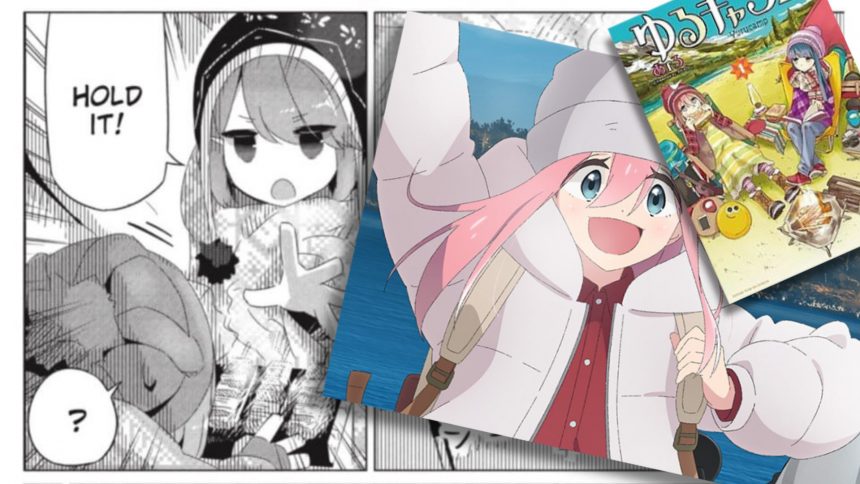Anime and manga have gained immense popularity worldwide, captivating audiences with their unique storytelling and vibrant art styles. As these Japanese forms of entertainment continue to reach a global audience, the process of localization becomes crucial to ensure that the content resonates with viewers from different cultures. In this article, we will explore the challenges faced during anime and manga localization and discuss effective strategies to overcome them.
The Importance of Anime and Manga Localization
Anime and manga have a distinct cultural and artistic identity that reflects the nuances of Japanese society. When these works are localized for international audiences, it is essential to strike a balance between preserving the original intent and making the content accessible and relatable to viewers from diverse backgrounds. Localization enables a deeper understanding of the story, characters, and cultural references, fostering a stronger connection between the audience and the material. By adapting the language, dialogue, and visual elements, localization ensures a seamless viewing experience for fans around the world.
Challenges in Anime and Manga Localization
Cultural Differences
One of the primary challenges in anime and manga localization lies in bridging the gap between Japanese culture and the target audience’s culture. Cultural references, customs, and social norms that are prevalent in the original content may not be easily understandable or relatable to viewers from different backgrounds. Translators and localization teams face the task of adapting these cultural elements while preserving the essence of the story. It requires cultural research, sensitivity, and a deep understanding of both the source and target cultures.
Language Adaptation
Another significant challenge in anime and manga localization is adapting the language to suit the target audience while maintaining the integrity of the narrative. Japanese language has its unique features, such as honorifics, wordplay, and idiomatic expressions, which can be challenging to translate directly. Translators employ various techniques like transcreation, where they recreate the content in a way that preserves the intended meaning, while also considering the cultural context of the target language. Striking the right balance between accuracy and fluency is crucial to deliver a compelling localized version.
Localization of Humor and Wordplay
Anime and manga often incorporate humor and wordplay that rely heavily on the Japanese language and cultural context. Translating these elements poses a significant challenge, as jokes and puns may not have a direct equivalent in other languages. Translators resort to creative solutions like finding alternative jokes or adapting the humor to suit the target audience’s cultural references. This process requires a deep understanding of both cultures and linguistic expertise to ensure that the humor translates well without losing its essence.
Maintaining Cultural Authenticity
While adapting anime and manga, it is crucial to maintain the cultural authenticity of the original material. Localization should not dilute or erase the cultural identity of the work, as it is an integral part of its appeal. Translators and cultural consultants work closely to strike the right balance between adaptation and authenticity. They consider factors like character names, food, festivals, and traditions to ensure that the localized version remains faithful to the source material while being relatable to the target audience.
Further Readings: The Globalization of Anime Industry
Strategies for Effective Anime and Manga Localization
Cultural Research and Understanding
Thorough cultural research and understanding form the foundation of effective anime and manga localization. Translators and localization teams invest time in studying the source material’s cultural context, including historical references, social norms, and cultural nuances. This knowledge allows them to make informed decisions during the adaptation process, ensuring that the localized version resonates with the target audience.
Transcreation and Adaptation Techniques
Transcreation, a combination of translation and recreation, is a powerful technique used in the localization of anime and manga. It involves adapting the content in a way that captures the essence of the original while making it relevant and relatable to the target audience. Transcreations employ creative writing skills to recreate jokes, puns, and cultural references, ensuring that the humor and emotions are effectively conveyed in the localized version.
Collaboration between Translators and Cultural Consultants
Collaboration between translators and cultural consultants is crucial for successful localization efforts and results. Cultural consultants provide invaluable insights into the source culture, helping translators understand the nuances and subtleties that may be lost in translation. They offer guidance on cultural adaptation, ensuring that the localized version maintains authenticity while being accessible to the target audience. This collaborative approach enhances the quality and accuracy of the localization process.
Quality Assurance and Testing
Quality assurance and testing play a vital role in the localization of anime and manga products. After the initial translation and adaptation, the localized content goes through rigorous review and testing processes. Native speakers of the target language review the dialogue, ensuring its fluency and naturalness. They also evaluate the accuracy of cultural references and the overall impact of the adaptation. This iterative process of feedback and refinement helps to deliver a high-quality localized version that meets the expectations of the audience.
The Impact of Localization on the Anime and Manga Industry
Localization plays a significant role in expanding the global reach and impact of anime and manga. By making the content accessible to a broader audience, localization opens up new markets and revenue streams for creators and production studios. It allows fans from different cultures to connect with the stories, characters, and themes, fostering a sense of community and shared enthusiasm. Localization also encourages cross-cultural exchange and appreciation, promoting diversity and inclusivity in the anime and manga industry.
Conclusion
Anime and manga localization is a complex and essential process that allows these art forms to transcend cultural boundaries and captivate audiences worldwide. By overcoming the challenges of cultural differences, language adaptation, humor localization, and maintaining cultural authenticity, effective localization strategies ensure that the content resonates with viewers from diverse backgrounds. Localization not only expands the global reach of anime and manga but also promotes cultural understanding, diversity, and inclusivity in the industry. Through meticulous research, creative adaptation techniques, and collaborative efforts, localization brings the magic of anime and manga to fans around the world.
More questions regarding the localization of anime and manga
-
Why is localization important in the anime and manga industry?
Localization is vital in the anime and manga industry. With localization, anime and manga can reach a global audience. It is also important to adapt it to the cultural and linguistic context of different countries. It enhances the viewing experience, fosters cultural understanding, and expands the industry’s reach.
-
How do cultural differences affect the localization process?
Cultural differences pose challenges during localization. Some challenges come in the form of certain references, customs, and humor specific towards particular culture. These contents may not be easily relatable to audiences from different cultures. Translators must adapt these elements while preserving the essence of the original material.
-
What are some common challenges faced during localization for anime and manga?
Common challenges include bridging cultural gaps, adapting language and humor, and maintaining cultural authenticity. Translators need to strike a balance between adaptation and faithfulness to the source material.
-
How do translators maintain cultural authenticity while adapting the content?
Translators maintain cultural authenticity by conducting thorough cultural research and collaborating with cultural consultants. They also should carefully adapt the content to suit the target audience’s cultural context.
-
What role does localization play in expanding the global reach of anime and manga?
Localization plays a crucial role in expanding the global reach of anime and manga. This effort plays role in making the content accessible and relatable to audiences from different cultures. It opens up new markets and fosters cross-cultural exchange and appreciation.













